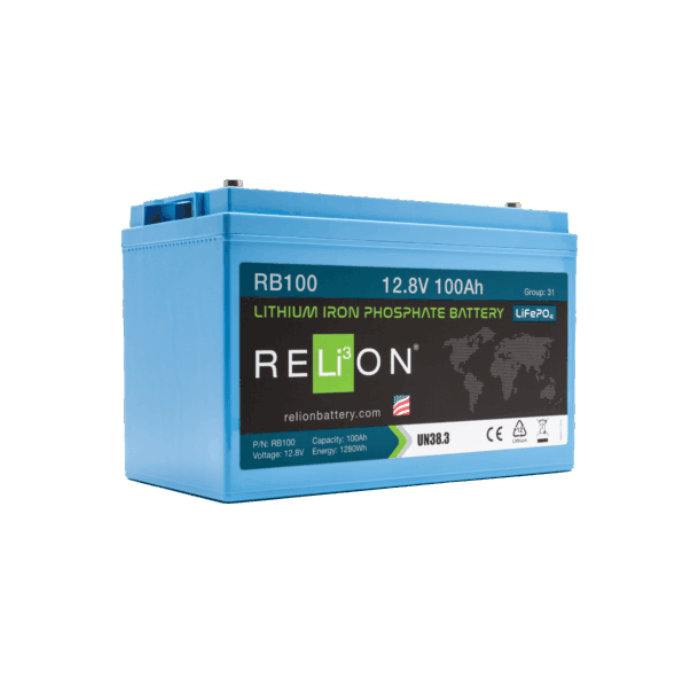Basic Battery Terminology for Solar Power Systems
Basic Battery Terminology for Solar Power Systems
When reading about deep cycle solar batteries, here are some of the terms you might find used:
AGM: A type of lead acid battery which is known for being maintenance free.
AMP: Unit of measure for electrical current.
Capacity: The amount of energy a battery can hold.
Current: The flow of electricity.
Days of Autonomy: The number of days a battery bank can provide energy for electrical loads before the batteries need to be recharged.
DC: Direct Current is the unidirectional (one way) flow of electric charge. Batteries and solar panels output DC current
Deep Cycle: A deep-cycle battery is a lead-acid battery designed to be regularly deeply discharged using much of its capacity.
Distilled Water: Water that has had most impurities removed by distillation, which involves boiling.
DoD: Depth of Discharge refers to how deeply the battery has been discharged.
Electrolyte: In a battery, electrolyte is a gel or liquid medium that allows electricity to flow.
Flooded: Also referred to as Wet Cell. This is the most common type of lead acid battery. Flooded batteries require regular maintenance.
Hydrogen: A highly flammable gas that can be released when charging batteries.
Hydrometer: A tool used to measure the specific gravity within a flooded lead acid battery.
Specific Gravity: A density ratio between substances. Within a battery, specific gravity is a measurement of the current state of charge.
State of Charge (SoC): State of Charge refers to the percentage of a battery’s total energy capacity that is still available to discharge (use). It is loosely comparable to an automobile’s fuel tank, with 0% being empty and 100% being full.
Volt Meter: A tool to measure electrical volts.
VOLTS: The measure of the force that makes electricity move through a wire.
